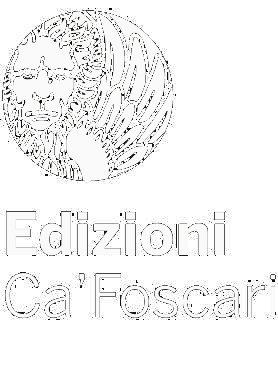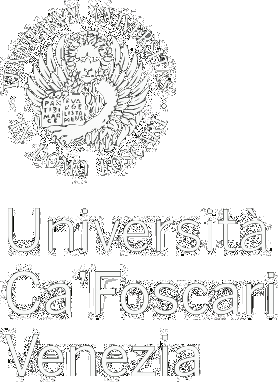
- search 124 views
- file_download 20 download
- keyboard_capslock metadata
-
mark_email_readIscriviti alla newsletter
Money Mules and Tumblers
Money Laundering During the Cryptocurrency Era
abstract
Money laundering activities related to the cryptocurrency market have seen an exponential increase over the last fifteen years as a consequence of technological developments and economic distresses, as the 2008 crisis and the 2020 pandemic. This essay will analyse the European Union legislation created in order to tackle this phenomenon, dwelling on the Fifth Anti-Money Laundering Directive and its similarities among international laws. In particular, it will be displayed the importance of intermediaries, such as money mules and mixing services, to ease money laundering and increase the anonymity. In this framework, the European Union finds itself almost powerless: the legality of the virtual currency source is assessed only when entering and exiting in the virtual market and not during in-market transactions as well as a complete lack of legislation on mixing services activities. Therefore, how can the European Union steam the misuse of such intermediaries with ex-ante and ex-post interventions? And, finally, are the European privacy policies so important to outrank the risk related to money laundering activities? This paper shows that one way to prevent cryptocurrency money laundering pullulation is launching sensitization and awareness programmes since young age through educational institutions and, most importantly, a narrower legislation is required, implementing those laws that proved to be effective in other countries, in defiance of privacy policies.
Keywords: Money laundering • 5th Anti-Money Laundering Directive • EMMA • Mixing service • Money mule • Dark Web • Virtual Currency




